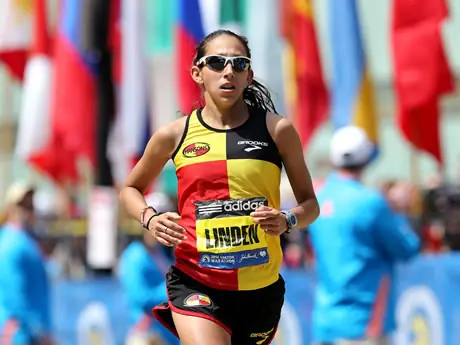
Held on Patriots' Day, for runners and non-runners alike there is a unique sense of pride attached to cheering for Boston Marathon runners. The streets, filled with individuals who don't normally consider themselves 'sports people,' emerge from their houses to catch a glimpse of the runners, waiting to catch a vicarious buzz of adrenaline and endorphins. There is something moving and magically inspiring seeing individuals waging an inner war against such physical pain. It breeds hope. That's all part of the magic of the Boston Marathon.
The sadness that came from the 2013 tragedy has marked the Boston Marathon even more sacred. It has become a statement of overcoming obstacles, even hideous ones, persevering and fighting through.
An American woman hasn't won the Boston Marathon since 1985 when Lisa Rainsberger took the title. In 2011, Des Linden came close with an incredible finishing charge, a scant two seconds behind the winner. She returns to the streets of Boston this year in a fight to bring a Boston win back to the states.
Linden, professional runner for the Hansons-Brooks Original Distance Project, explains the specific rigors runners will face on the course of Boston, how to push through when the pain really sets in, and ways runners of all levels can improve their Boston performance.
Train For the Downhills
Boston is one of the few marathons where you're not prepping yourself to cover 26.2 miles, Linden says. Instead, you're preparing for the course.
"[Coaches] Kevin and Keith Hanson have done a great job, including some good downhill workouts to get my quads ready for the downhill course," Linden says.
Linden's coaches have also included some good rolling long runs in her training plan to prepare for the Newton Hills.
- 1
- of
- 2
About the Author

Get ACTIVE on the Go


Couch to 5K®
The best way to get new runners off the couch and across the finish line of their first 5K.
Available for iOS | Android






Discuss This Article